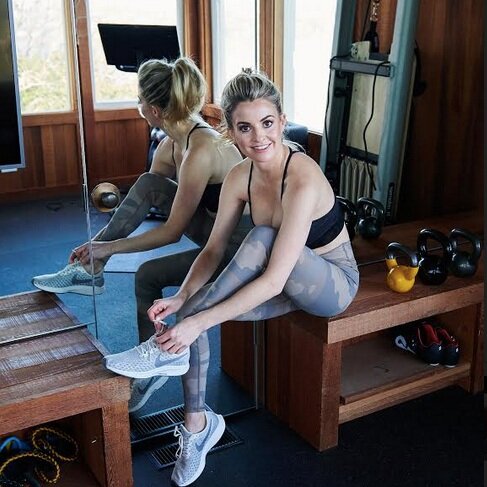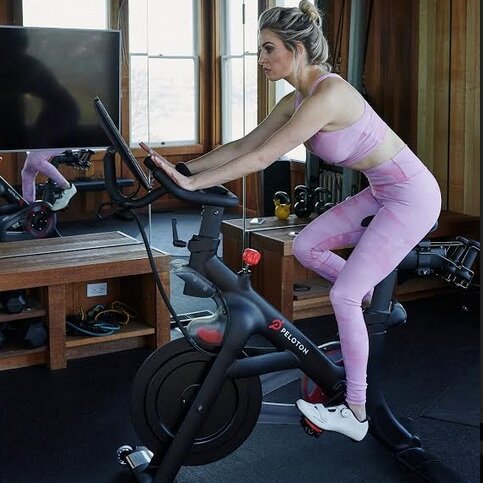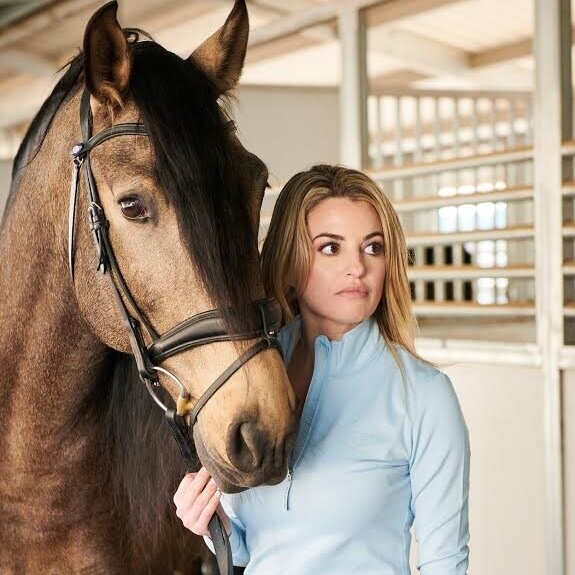Training A Young Horse Through The Levels
There are many reasons why equestrians decide to purchase a young horse. Some do it because they want the experience of training a horse themselves and enjoy the process, while others might end up with a young horse because of financial constraints that prevent them from purchasing a horse with more training. Whatever the case, it does not matter as long as you are ready to commit yourself to the journey, have passion for the young horse, and have experience either from your own background or others to provide the training tools needed to successfully give a young horse the foundation to grow and succeed in whichever discipline of riding you are pursuing.
A relationship with a horse from a young age to their senior years is possibly the best experience you can have as an equestrian:
Riding my eventing horse Hipius, who I purchased at 5 years old and trained through all the eventing levels
I personally have been on three journeys taking a young horse up the levels. The first experience was my first horse when I was a young rider in Pony Club. I purchased him at 4 years old and he taught me the ropes of how to deal with young horses while still learning to ride myself. The second experience was with my 3-day eventing horse who I purchased at 5 years old. I successfully competed with him up to the top levels in eventing over the course of eight years (who I still own to this day, is retired in pasture, and living the good life). The third experience is with my current dressage horse who I purchased at 4 years old at training level, and to date have him training at 4th level dressage at age 7. Each of these experiences have not only taught me valuable lessons on how to train a young horse, they have also helped me become a better rider. These three horses have taught me the valuable life lesson of perseverance, while testing me and my own dedication through many setbacks. The rewards of bringing a young horse through the levels, for me, have far outweighed the cons.
The baby years:
A photo when I first purchased my current dressage horse Iguazu at 4 years old
Just like raising a child, a young horse requires a lot of time, dedication, structure, love, and consistency, in order to give him the proper foundation to grow and give you the best odds of success in training. “The baby years”, as I like to call them, can sometimes be the hardest while also the most rewarding. A horse between the age of first saddle on their back through age 7 (maybe even longer depending on what age they started under saddle), are filled with many challenges. Like a child, a young horse is experiencing many things for the first time testing what they can get away with and learning what they are physically and mentally capable of. It is important that as their trainer/rider (or for my analogy of raising a kid “parental figure”), you have confidence when dealing with a young horse and don’t let them get away with bad behavior early on. It is important to take these years and go as slow as needed. One of the key mistakes is trying to rush to expose a young horse to too much too fast, both in the saddle and when handling them on the ground.
Strategies of training a young horse:
Me showing my horse Iguazu at his first dressage show at training level when he was 4 years old.
Ride young horses forward: It is so important to ride young horses forward! Many trainers say this should be the #1 focus when starting a horse under saddle as a forward horse is a much safer horse. The physical benefits of riding a horse forward builds up the correct muscles from the hind legs through the back. To set a young horse up for success it is so important that they have the strength and ability to move forward. Do not get forward riding confused with speed from impulsion.
Slowly introduce a young horse to bending: Once a young horse can move forward, it is time to include bending. Bending is so important as it gets the horse to soften around your leg, which will eventually lead to more softness in everything you do with the horse. I have found most success with my young horses in starting to teach them to bend by walking a small circle while bending my inside leg and softening my inside rein.
Be and stay in tune to a young horse: As I mentioned above, the biggest error that I have seen when training a young horse is rushing them. Some horses need extra time to even start under saddle while other horses are more gifted and can compete in the FEI Young Horse Tests. Listen and be aware how your horse responds to training and take it as slow as they need to.
Set boundaries on acceptable behavior: You are setting the ground rules for the rest of the horse’s riding career. Expect respectful behavior from your horse on the ground and under saddle from the very beginning of interacting with them. Examples can be their ground manners in the cross ties, standing still while mounting, or not getting mouthy with you while handling them. A young horse needs to learn quickly that you are in charge and trust you to guide them through their basic training.
Find a trainer that you connect with who has experience training younger horses: If you can, find a trainer whose training techniques and personality you agree with and relate to. Connect with them as a training partner and they will be of valuable assistance through your journey. Experienced trainers are seasoned and know how to deal with most problems you might encounter with a young horse. They can provide you with the benefit of their advise and experience, helping you through the challenging phases of working with a young horse.
Endless patience when you commit to training a young horse: An expression I often use when talking about training a young horse: four hooves forward, two hooves back. Some days you have to face up to your own insecurities as things do not go as you planned. Other days, you will feel amazing as you and your horse make progress. And, then there are dark days when you might feel like giving up and have no idea what you are doing. My best advise, try to focus on the progress and how you got there, even if it might be small.
Finding success - bringing a horse through the levels using the dressage pyramid of training:
When you are ready to start training your horse through the levels, I think the Dressage Pyramid of Training is the best model for dressage horses/riders which can also be applied to other disciplines. It was developed by the German cavalry and came into use in the 1950s. The Dressage Pyramid of Training is made up of six concepts—rhythm, relaxation, connection, impulsion, straightness and collection. Each of these steps can be developed at different stages depending on the horse, however, the scale is to be used as a reference for understanding the general progression and interactive development from the beginning of the training through assessment of how the training is progressing.
Dressage judges use the Pyramid of Training when evaluating the basics demonstrated in dressage tests. Experienced riders use it to make their rides more productive. Successful trainers use it to develop their horses in a harmonious and logical manner. All use it to solve problems. The Pyramid of Training can be used as a tool as part of your thinking when training a horse, and save a lot of time and frustration when bringing a young horse up the levels. Not knowing how to produce a confirmed horse is one of the most common reasons I see for riders getting stuck at one level for years on end.
Training process - six elements are divided into three overlapping training phases:
USDF gold medalist, Bruno Greber explained in a article in Dressage Today about the training scale and how it is divided into three phases. https://dressagetoday.com/theory/origins-dressage-training-scale-bruno-greber
“Phase 1: Rhythm, relaxation and contact form the accustoming phase. In this part of the training, the horse is supposed to get accustomed to the rider and his aids. This phase is used for the warm-up in daily work.
Phase 2: Relaxation, contact, impulsion and straightness serve in the development of driving power (thrust) of the hind legs. In this phase, the horse is supposed to work more from behind and step diligently forward to the bit. This phase focuses on versatile gymnastic work to get a flexible and athletic horse.
Phase 3: Impulsion, straightness and collection aim to develop the carrying power of the hind legs. The horse is supposed to bear more weight over his hindquarters, which is mandatory for true collection and relative elevation. Both are necessary to reach higher goals in dressage training. Some older books mention elevation as a seventh element of the training scale. Since relative elevation (the head carriage and elevation of the withers are directly related to the degree of collection) is a direct consequence of correct collection, it is not considered in today’s version.”
Conclusion:
If you decide to take on the journey of training a young horse through the levels successfully, I would personally consider it getting your MBA in riding. Working diligently with a young horse is not for everyone, but you most likely will grow into a better rider, trainer, and maybe even better human being. It’s truly a journey of 10-20+ years that has it’s ups, downs, and all arounds. I feel, winning my first blue ribbons with those young horses that came into my life at the beginning of their training, were the most rewarding accomplishments of my equestrian life!




















